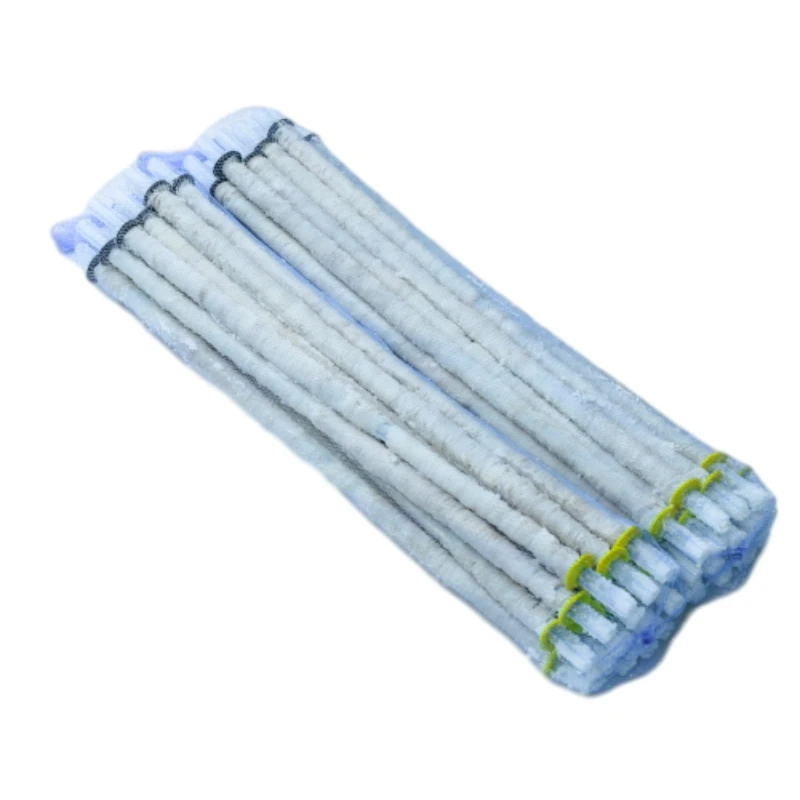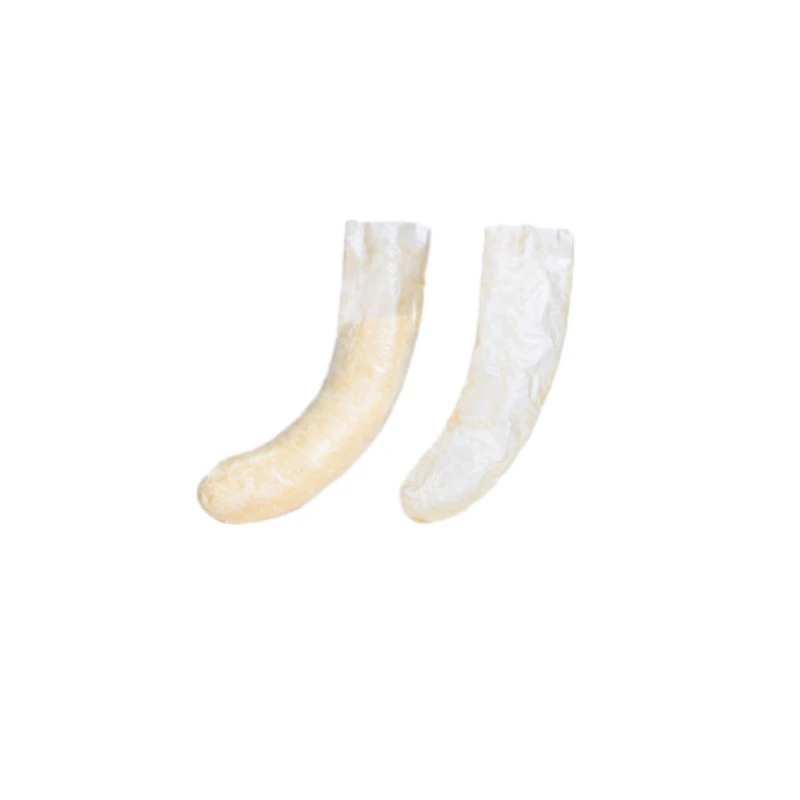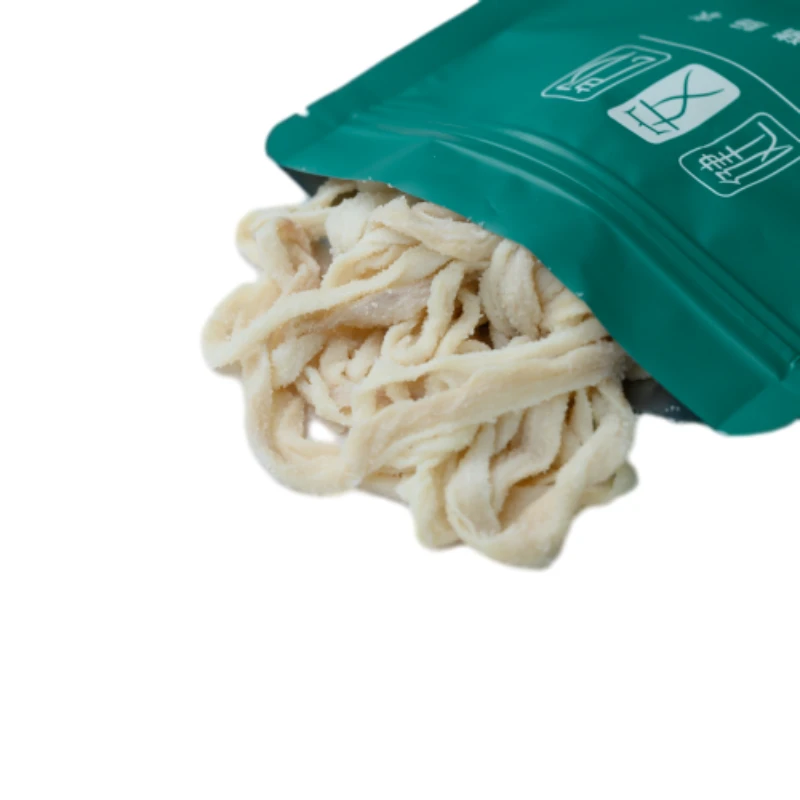Jul . 04, 2025 12:57
- Introduction to dried hog casing products
and their importance in the sausage industry - Technical advantages of modern dried hog casings
- Market data and industry trends for dried sausage casing products
- Manufacturer comparison using key performance data
- Customization options and tailored solutions for sausage producers
- Real-world application cases and success stories
- Conclusion: Why dried hog casing products lead in the sausage casing market

(dried hog casing products)
Introduction to Dried Hog Casing Products in the Sausage Industry
Dried hog casing products have become fundamental in the global sausage and meat processing industry. As the preferred solution for traditional and industrial sausage making, these casings are valued for their flexibility, strength, and ability to enhance flavor. The use of dried sausage casing products ensures that both artisanal producers and large-scale manufacturers achieve consistency and structural integrity in their products. With a rich heritage dating back centuries, the modern production of dried hog casings combines traditional practices with advanced food safety protocols, offering reliability to sausage makers worldwide.
Moreover, dried hog casings are integral for specialty products, such as bratwursts and chorizos, where the casing quality directly impacts texture and sensory properties. Their ability to efficiently absorb spices and enable optimal drying or smoking processes supports a variety of regional sausage recipes. The versatility and performance of dried hog casings keep them at the forefront of innovation in meat processing, meeting the evolving demands of both gourmet markets and high-volume production lines.
Quality and traceability remain vital as regulatory and consumer expectations grow. The standard modern process for dried hog casing products prioritizes hygiene, selection, and safe preservation. These standards help maintain high protein content and elasticity, ensuring each casing meets the needs of today’s dynamic sausage industry.
Technical Advantages of Modern Dried Hog Casings
Modern dried hog casings offer numerous technical advantages over alternatives such as collagen or synthetic casings. They are naturally biodegradable, eliminating waste concerns. Their collagen-dense structure provides superior mechanical strength, allowing them to accommodate tight filling processes without rupturing. Furthermore, dried sausage casing products have excellent permeability, supporting smoke flavor absorption and optimal moisture management throughout the curing process.
State-of-the-art cleaning and drying technologies ensure reduced microbial load, as demonstrated by recent industry tests showing routine reductions in pathogenic bacteria by up to 95%. This is achieved through controlled brining, calibrated drying, and stringent selection—granting manufacturers reliability and peace of mind in food safety.
Another key advantage is shelf stability. Preserved via drying, these casings can be stored for 12-24 months under correct conditions without loss of elasticity or function—a critical benefit for export markets and large-scale manufacturers, reducing wastage rates by up to 40% compared to traditional wet casings.
Market Data and Industry Trends for Dried Sausage Casing Products
The global market for dried hog casings was valued at approximately USD 1.2 billion in 2023, with projections indicating an annual compound growth rate (CAGR) of 6.3% through 2027. Europe remains the largest consumer, accounting for 48% of global demand, while Asia-Pacific is the fastest-growing region, expanding at over 8% CAGR due to rising processed meat consumption.
Data from the International Meat Secretariat show increasing preferences for natural casings—85% of premium sausage brands opt for dried hog casings, citing improvements in product shelf life and flavor authenticity. Artisan producers surveyed in 2023 indicated that switching to dried sausage casing products reduced their spoilage-related losses by 32%.
These trends reflect consumer demand for authentic, clean-label ingredients and the continued importance of natural casings in traditional recipes. There is also a sustained push for innovation: over the past five years, investments in casing-processing automation have doubled, focusing on yield improvement and microbial safety.
Manufacturer Comparison Using Key Performance Data
Manufacturers vary in processing quality, sustainability ratings, and price. Below is a comparative table of major global suppliers based on critical criteria:
| Manufacturer | Annual Output (km) | Average Microbial Count (cfu/g) | Shelf Life (months) | Certifications | Pricing (USD/100m) | Sustainability Score |
|---|---|---|---|---|---|---|
| HogCasing Global Ltd. | 480,000 | <300 | 24 | BRC, ISO 22000, Halal | 27 | 92 |
| Prime Natural Casings | 360,000 | <500 | 18 | IFS, Kosher | 25 | 86 |
| EuroSaussage Supplies | 400,000 | <400 | 22 | BRC, FSSC 22000 | 29 | 89 |
| Asia Casing Tech | 510,000 | <350 | 20 | HACCP | 23 | 88 |
Note: Sustainability Score is measured on environmental impact, resource usage, and waste management practices (scale 0–100).
Customization Options and Tailored Solutions
Sausage producers require flexibility and specification-matching, especially for diversified product lines and regional specialties. Leading suppliers provide a menu of customization options, including:
- Diameter grading (16–40 mm standard, customizable for special needs)
- Pre-cut lengths for easy production line integration
- Color sorting (light, standard, dark) for visual consistency
- Pre-flushed and pre-tubed formats to save preparation time (up to 50% labor cost reduction in some plants)
- Custom packaging using eco-friendly materials for export-specific requirements
Additionally, technical support teams assist clients in optimizing recipes or adapting casing properties to local regulatory and culinary expectations. These tailored services have become a significant conversion driver for commercial clients seeking rapid scaling without sacrificing quality.
Manufacturers with advanced laboratory and R&D compatibility can also offer permeability, tension, or elasticity analysis upon request, along with exclusive batch reservation for premium and branded product creators.
Real-World Application Cases and Success Stories
The effectiveness of dried hog casings is supported by a wide range of successful implementations worldwide. In Germany, one national sausage producer reported a 28% drop in casing breakage rates after switching to precision-graded dried hog casings, leading to substantial yield improvement.
In the United States, a top-5 artisanal sausage brand achieved national recognition for its all-natural product line after transitioning to pre-tubed dried sausage casing products, resulting in a 22% increase in production efficiency and a consistent uptick in customer retention rates.
Case studies from the Asia-Pacific region describe a major exporter reducing transportation costs by 15% thanks to lighter, bulk-dried casing shipments, while also achieving superior product flexibility during peak summer production cycles due to improved moisture management characteristics.
In each application, detailed supplier collaboration and adaptation to local process requirements were key to maximizing value. The consistent themes include reduced wastage, improved food safety metrics, and expansion into new premium market segments.
Conclusion: The Leading Position of Dried Hog Casing Products
Dried hog casing products remain the industry standard for sausage and meat processors seeking authenticity, performance, and value. Their unique combination of technical advantages, extensive customizability, and positive environmental profile sets them apart from synthetic alternatives. Infectious disease control protocols, advanced processing lines, and robust supplier certification frameworks have helped elevate dried hog casings into the premium segment, where small producers and industrial manufacturers alike benefit from reliability and optimization support.
As global demand for natural, sustainable, and high-quality meat products continues to rise, dried hog casing products are poised to expand their market share. Industry data, manufacturer comparison metrics, and real-world results confirm that these products meet the evolving standards for safety, efficiency, and culinary enjoyment, making them essential to the future of sausage production worldwide.

(dried hog casing products)






